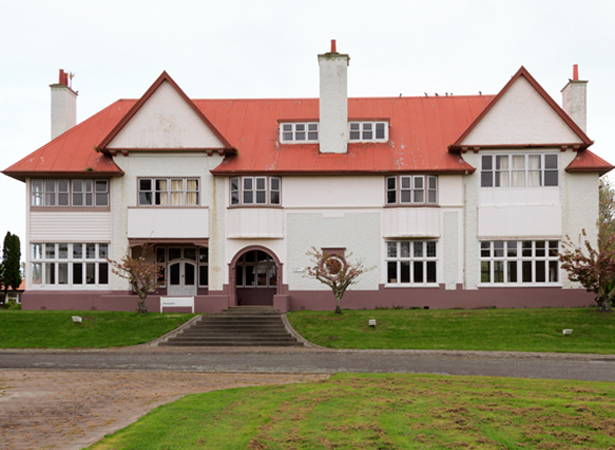
The governor-general, Viscount Jellicoe, who had been Britain’s Admiral of the Fleet and then First Sea Lord during the First World War, officially opened Flock House station, near Bulls. This training farm was established by the New Zealand Sheepowners’ Acknowledgement of Debt to British Seamen Fund using surplus profits from wool sales during the war.
The fund was launched in August 1920 by Edward Newman, a Marton farmer who was also the local Reform Party MP. Newman convinced 2600 New Zealand sheep farmers to subscribe more than £200,000 (equivalent to nearly $24 million in 2023) to support the widows and children of Royal Navy and Merchant Marine seafarers who had died or been disabled during the war.
By 1922 the fund had distributed more than £27,000 ($3.2 million) in grants to affected families in Britain and New Zealand. The following year it purchased land and launched a scheme to bring the children of deceased or disabled British seamen to New Zealand to learn sheep and cattle farming skills. After 12 months’ instruction, graduates would be employed as farm labourers; it was hoped many would ultimately acquire their own properties.
The station comprised 8000 acres (3237 hectares) of land and included the three-storey McKelvie homestead, Flock House (built in 1908), which now gave its name to the entire estate. The first group of 25 British boys – whose average age was 16 – had arrived three weeks before the opening ceremony, on 28 June 1924. They were followed by a second draft of 29 in September.
From 1926 groups of girls – many of whom had brothers at Flock House – arrived to receive instruction in domestic duties, milking, poultry farming, orcharding and beekeeping at a farm at Awapuni, near Palmerston North. This property, which included the historic Strang homestead Shalimar, became known as the Girls’ Flock House.
The last British trainees arrived in 1931, by which time 635 boys and 128 girls had been brought to New Zealand (the fund also assisted some of their parents to emigrate). Flock House then operated as a training farm for the sons of New Zealand First World War servicemen until 1937, when it was sold to the government and became a Department of Agriculture training farm, taking in 50 fee-paying trainees each year.
Flock House’s original purpose was briefly revived following the Second World War, when 49 British trainees were brought to New Zealand, but this scheme ended in 1952. The Ministry of Agriculture and Fisheries closed its training programme in 1988.
Meanwhile, Shalimar was sold to the Concordia College Association in 1932 and seven years later was acquired by the Women’s Division of the Farmers' Union. Renamed Kainga Moe, it was used as a rest home and domestic training centre until it was destroyed by fire in 1958.
External links
How to cite this page
'Flock House youth training farm opens', URL: https://nzhistory.govt.nz/page/flock-house-youth-training-farm-opens, (Ministry for Culture and Heritage), updated 29-Jan-2024

Community contributions